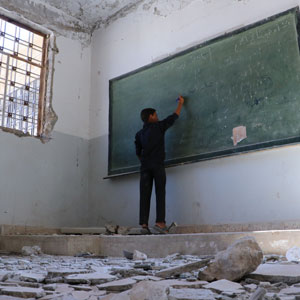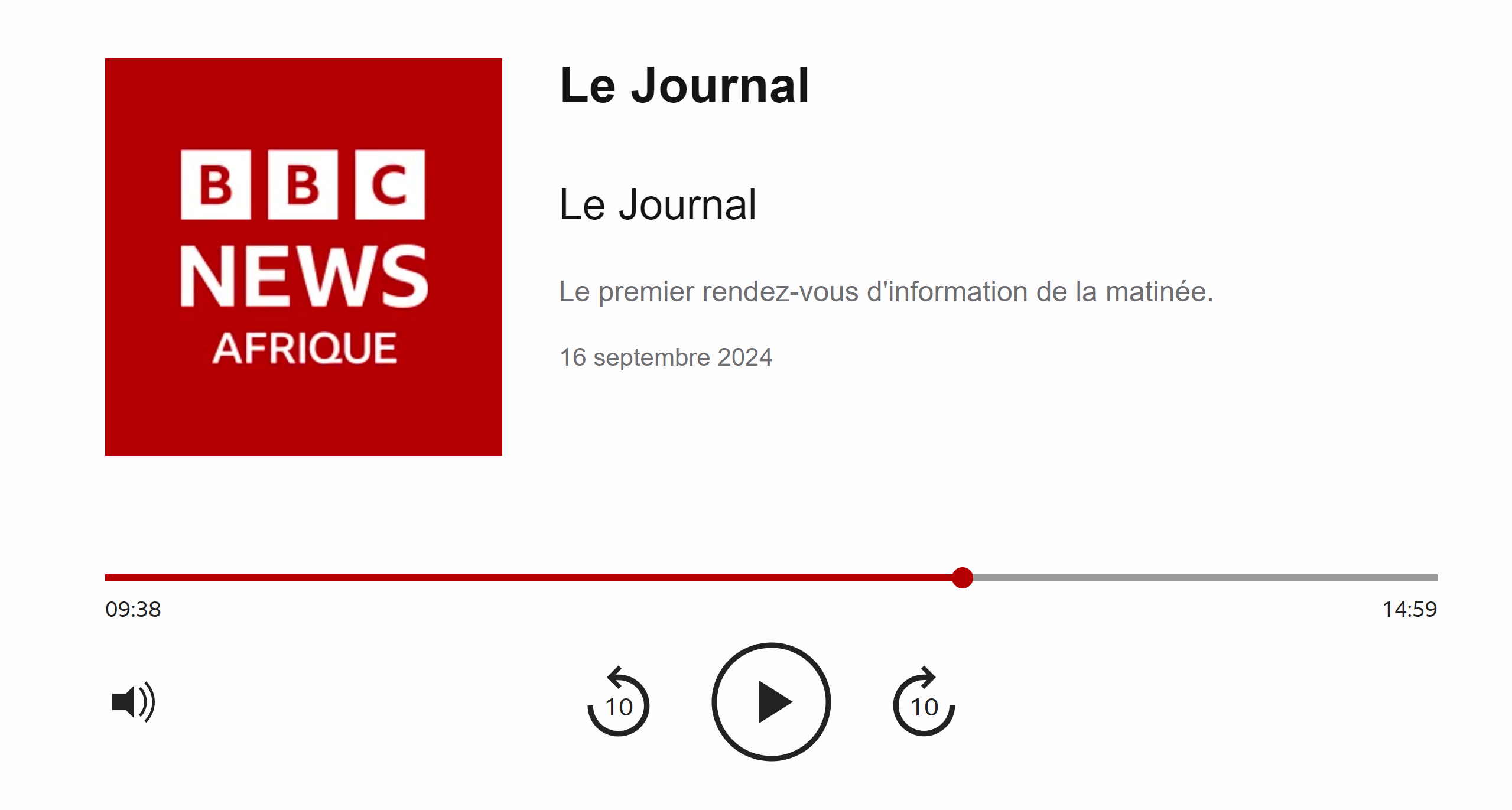GCPEA News
Where Girls Get Kidnapped on Their Way to School
September 24, 2014
Throughout the developing world, young women don’t always make it safely to the schoolhouse door, much less get a decent education inside. The Clinton Foundation is hoping to change that.
The Clinton Global Initiative is holding its annual meeting this week in New York City, and the atmosphere—from the basement pressroom to the sparkly, A-list presentations upstairs—has been celebratory. Stories about CGI’s successes keep coming: the healthcare it has provided, the waterways it has protected, the saplings it has planted, the women it has empowered. Over the past decade, the organization has funded 3,100 commitments valued at over $100 billion, providing education to over 44 million children and safe water and sanitation to 27 million people.
Yet amid the good news were reminders that change does not come easy. Some projects stall, others end in failure, and much work remains, particularly when it comes to the challenges women still face in the developing world. In a country where all girls have the right to an education, and girls tend to get better grades than boys, it’s easy to forget that education remains out of reach for many in the rest of the world.
While the number of girls attending school worldwide has climbed from just under half to nearly 80 percent in the past 20 years, these gains are due in large part to an increase in primary school attendance. Relatively few of these girls are able to continue their education into their teens, and today, over 30 million girls do not—or cannot—attend secondary school or leverage their education into a decent-paying job.
At the announcement on Wednesday, Former Secretary of State Hillary Clinton recalled a girl she and her daughter, Chelsea, had met on a trip to Pakistan. The girl had attended primary school, but was not allowed to continue her education. Hillary told the crowd that this encounter—along with the experiences of Malala Yousafazi in Pakistan and the three hundred Nigerian girls who were kidnapped while attending secondary school in the village of Chibok, Nigeria—had inspired the Clinton Foundation’s No Ceilings effort to make a new commitment. Clinton added, “We know that when girls have equal access to education in both primary and secondary schools, cycles of poverty are broken, economies grow, glass ceilings crack, and potential is unleashed.”
With that guiding principle in mind, No Ceilings has joined forces with the Center for Universal Education at the Brookings Institution to launch Girls’ CHARGE (Collaborative Harnessing Ambition and Resources for Global Education), a collective endeavor of over 30 NGOs, private corporations, and civil organizations. The groups hope to ensure the continued education of 14 million girls over the next five years, focusing on these five goals:
- Ensure that girls enter and stay in school through secondary education.
- Ensure that schools are safe and facilities are girl-friendly.
- Improve the quality of learning opportunities for girls.
- Support girls’ transition from secondary to post-secondary school and the workforce.
- Support leaders in developing countries to help catalyze change in girls’ education.
In an interview on Tuesday, Jennifer Klein, Senior Advisor for Women and Girls Programs, spoke of the “intractable barriers that prevent girls from continuing their education.” In Sub-Saharan Africa and West Asia, where 80 percent of the world’s undereducated girls reside, female students are vulnerable to kidnapping and violence on their way to school, and can face sexual harassment and lack of adequate sanitation once they make it through the schoolhouse door. CGI partners such as the Global Coalition to Protect Education from Attack are working to provide technical assistance to help countries adapt and adhere to Lucens Guidelines for Protecting Schools and Universities from Military Use during Armed Conflict.
Rachel Vogelstein, director of the Clinton Foundation’s Women and Girls Programs, added that organizations such as BRAC and UNICEF are working with CGI to improve safety in schools by “raising awareness about harassment, creating safe spaces, providing adolescent life skills training, and education on gender-based violence.”
Meanwhile, No Ceilings and the Brookings Institution plan to help improve girls’ education by tracking and quantifying educational quality and outcomes. Corporate partners such as Discovery Communications and governmental organizations such as the Government of Nepal will work to increase the number of female teachers and offer them training and ongoing professional development.
Once girls have secured a safe, high-quality education, partners such as CARE and the Mastercard Foundation have pledged to help girls acquire skills that transfer to the workforce, and to offer college scholarships for high-achieving high school girls.
Finally, as a longer-term investment, Girls’ CHARGE will rely on partners such as the Malala Fund and Echidna Giving to train, mentor, and fund leaders in education, and help them scale up their efforts to reach more students. All told, Girls’ CHARGE has secured over $600 million to lead this charge.
Taken together, these goals, investments, and cross-sector partnerships represent an unprecedented commitment to girls’ education. Still, there are bound to be significant cultural, religious, and political obstacles ahead, and carrying out these ambitious plans will demand every bit of the pep and enthusiasm on display at CGI’s annual meeting.
“We aim to educate girls,” said Klein, “but more than that, we want to raise our global ambition for girls. The World Bank has shown that increases in the share of girls with secondary education contribute to GDP growth; imagine what 30 million educated girls could contribute.”




